Starfield might be the No Man's Sky I always wanted
Space mod-yssey
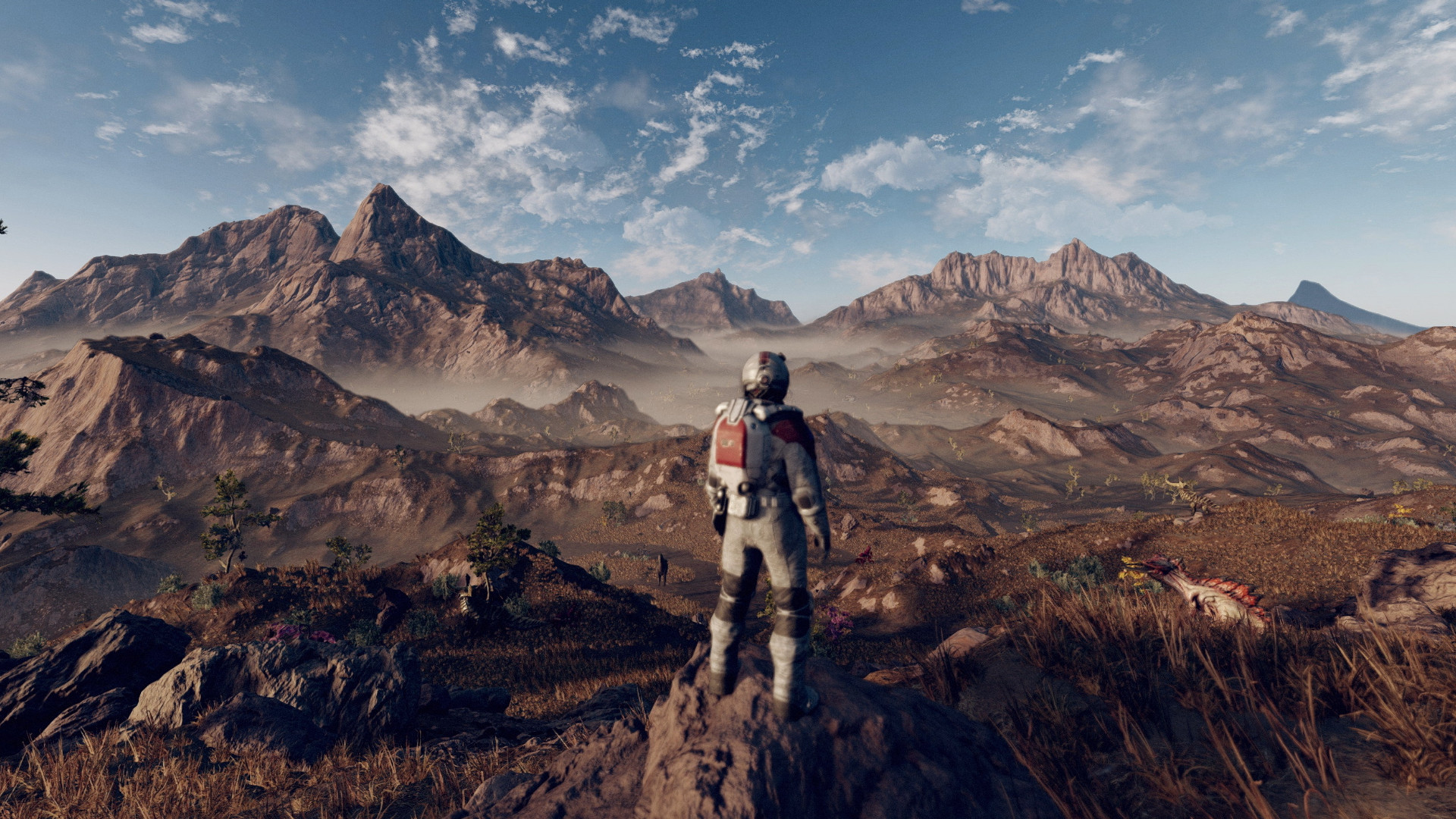
100 systems. Around 1,000 planets. The numbers orbiting Starfield fill many with dread. Most Bethesda fans don’t wish for a return to the Daggerfall mode of endless identikit landscapes, full of identikit towns, faces, and activities. Those expecting Skyrim in Space might be concerned at the prospect of another No Man’s Sky or Elite Dangerous – games which have certainly found their niche, but expect a lot of leeway in regard to the limitations of procedural generation.
People put up with those limitations because they get to go to space, and do things there, like fly around. But these expectations clash with the ones we tend to associate with Elder Scrolls and Fallout games – that there’ll be a reasonably sized and firmly grounded map, rammed with tombs to raid, caves to spelunk, and a lot of Michael-Gove-looking-NPCs to have stiff conversations with.
1,000 planets, that you can go anywhere on, isn’t reasonable. It’s an absurd number. But if we start shaving those marketing-friendly figures down with a few reasonable assumptions, and examine what’s left over through a Tamrielic lens, things start to sound a little more curated and a lot less intimidating.
Medieval math
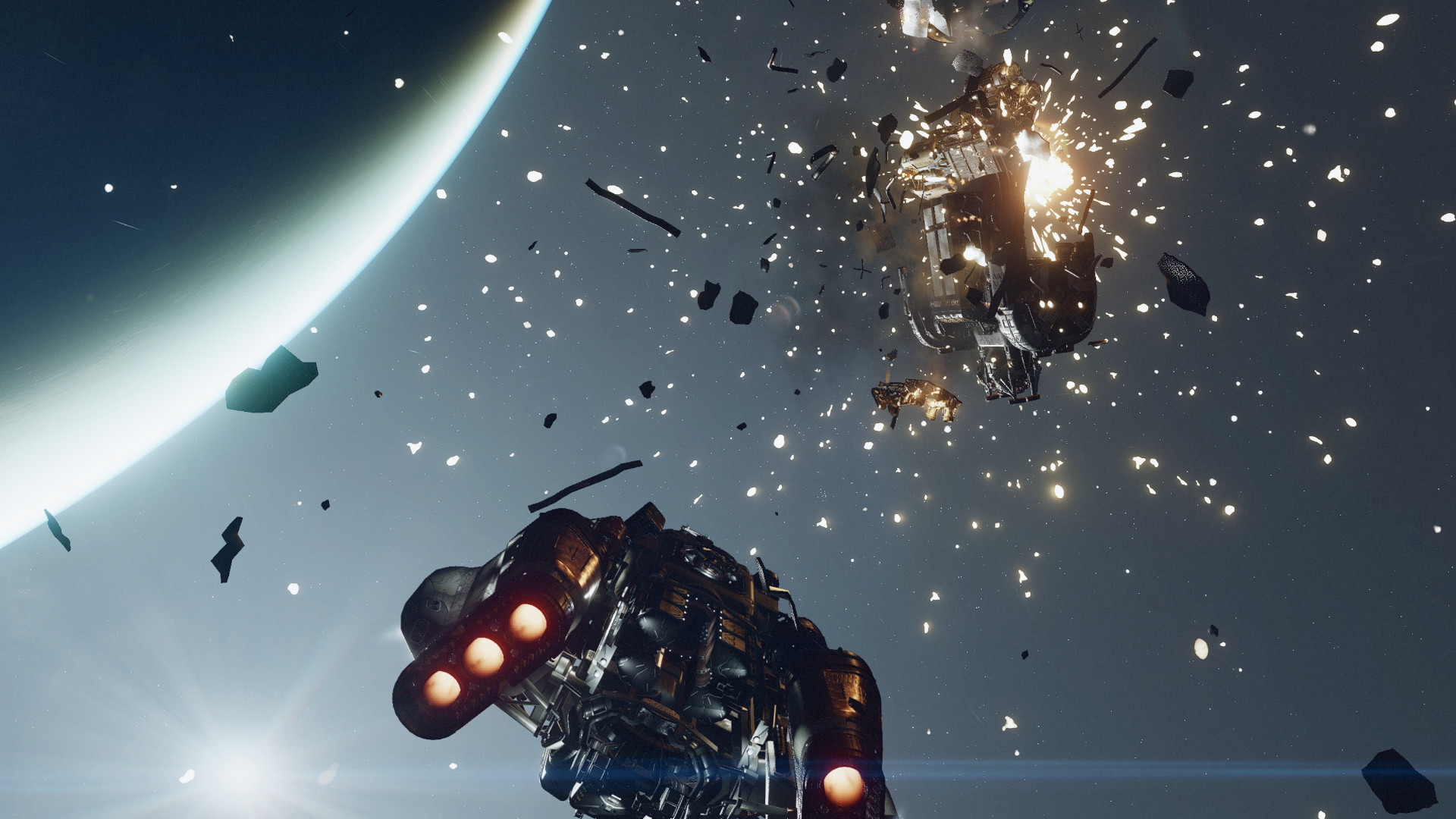
Now, Bethesda is a studio which regularly tries to pass off nine houses, three tramps, and an inn as some sort of bustling medieval capital, so it’s doubtful that these worlds will actually be planet-sized in real terms. But any map remotely big enough to feel celestial in scale, from a player’s perspective, would have to be at least half-a-dozen Skyrims in area. Or so I reckon, based on some cig-packet calculations and what I could gather from a Reddit thread. And, look, I don’t smoke or have a Reddit account, so take this with a pinch of salt.
We also know that Starfield won’t have seamless landing/take-off between space flight and planetside gameplay, which allows Bethesda to employ some smoke and mirrors – the size of a planet’s map, once you’ve landed on it, doesn’t have to correspond to its external appearance. These sorts of tricks are used in other space games, of course, and all video games are a jumble of similar theatrical lies. But having a hard separation between land and sky makes the sleight of hand a lot easier to pull off.
So, if you’re wondering how on Earth an upgraded Skyrim engine is supposed to be able to simulate an entire star system, the answer is: it isn’t, and won’t. Besides, anyone who has ever entered a building in Morrowind knows that Bethesda doesn’t care much for dimensional consistency. Mostly because it doesn’t matter.
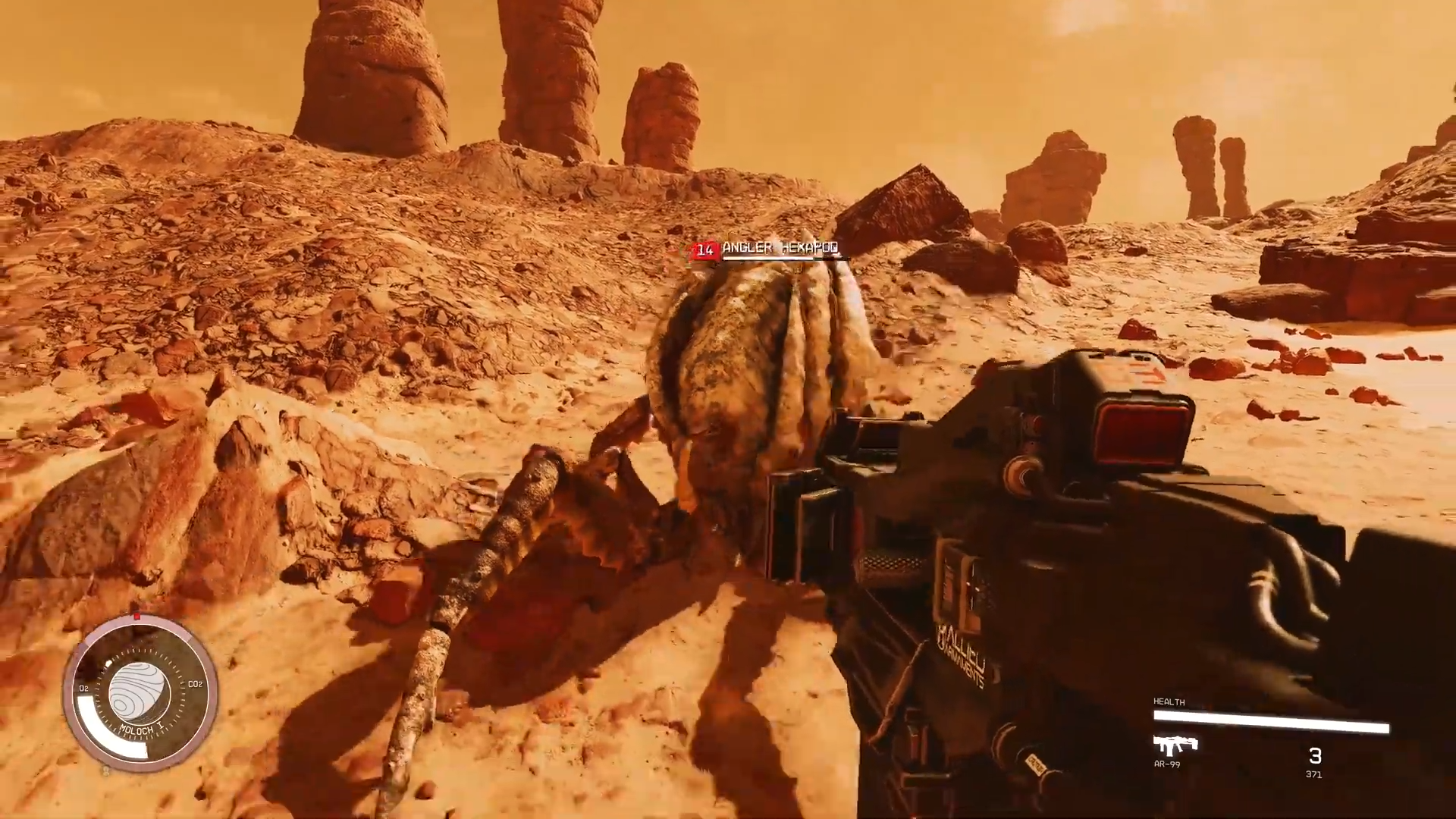
With a mere century of star systems, we’re already down to the tiniest, imperceptible fraction of a point-zero-zero-zero of No Man’s Sky’s real estate before we’ve even started, even if you just take the relatively small portion of NMS that humans are ever likely to see based on its pointless and ludicrous boast of ‘18 quintillion planets’.
Get daily insight, inspiration and deals in your inbox
Sign up for breaking news, reviews, opinion, top tech deals, and more.
Not all stars are the same – some of them are a bit dim, and some of them are downright intolerable. Like other people’s children
1,000 planets divided across 100 systems is roughly ten planets per star (we know this from math). We don’t know how these planets are distributed, and we also don’t know what constitutes a ‘planet’ in this context – the term could include gas giants, which you definitely won’t be landing on but could have interesting things orbiting them. The term could also include moons and large asteroids. At a stretch, it might even be a catch-all for anything you can land on/dock with, including space stations or orbital platforms. The point is, we don’t know how many of these ‘planets’ are actual things with a surface you can land on and explore the breadth of.
We can make a number of educated guesses, though, because we live in a real universe with planets, and so do the people who work at Bethesda. Handily, it’s the same one. So, at best, each system will have one nice goldilocks world with water and trees and things, and the rest of them will be rocky, icy, and/or gaseous shitholes which are backwaters where you wouldn’t really expect to find much. And, not all stars are the same – some of them are a bit dim, and some of them are downright intolerable. Like other people’s children.
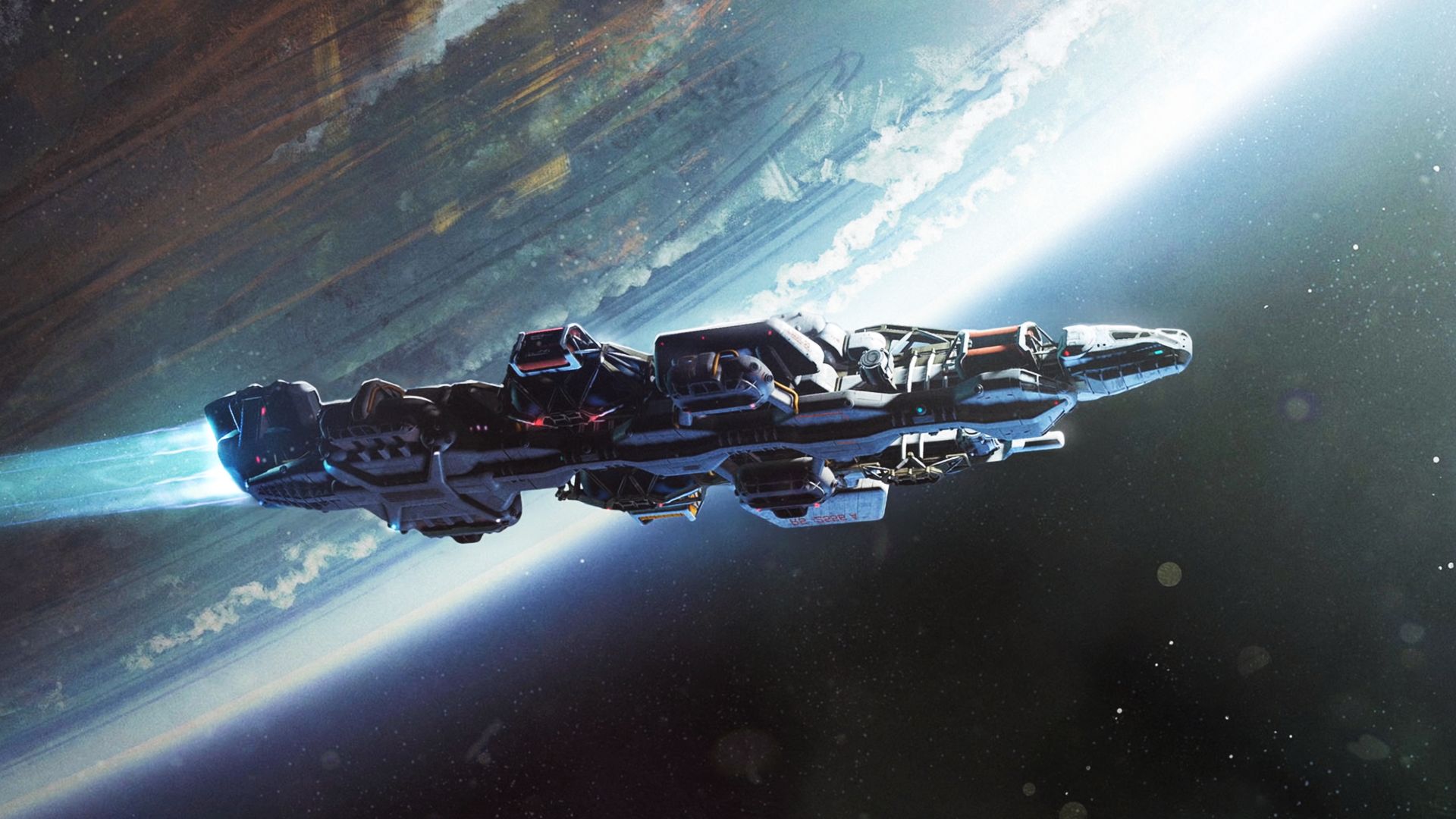
Across these 100 systems, you could reasonably expect that 25-30% of them don’t contain a rock that’s worth putting a city on, and the most you could hope to find is a mining outpost and, I dunno, a ruined temple, built ages ago by a long dead civilisation who were putting temples on barren rocks when we were still cutting about in Flintstones cars, or something. These things are barely worth a level designer’s time, but a sufficiently tickled procgen thingy can fling out a Space Stonehenge 9,000 times before breakfast, and then it won’t even require breakfast.
It’s fairly likely, then, that Starfield will feature a lot of barren rocks by design, filled out with functional outposts, samey hideouts, and the odd bit of Mysterious Stone Formation. But there will also be a core handful of worlds where the bulk of the cool stuff happens – a manageable number of places where all the Good Stuff is heaped. This isn’t just necessary, it’s realistic. Take Scotland, for example. A computer could come up with 99% of it, because it’s mostly sheep, rocks, and Presbyterians disapproving of things. The bit everyone actually likes that has a dog statue, the Queen’s other house, and sometimes Bill Bailey is confined to one tiny outcrop. The rest? Crap. You wouldn’t want Todd Howard to get bogged down in it.
Howard’s mend
His standing army of modders, builders, creation clubbers and furries could probably have a go at sprucing up Arbroath, though. And that’s a huge part of this too; more than perhaps any other game studio, Bethesda embraces and encourages the artistic community which has grown up around its mod scene. As well as a whole bunch of main quests and side content created by the studio, which we have every reason to believe will be at least as substantial as Skyrim’s, Starfield will ship with vast empty plots to plonk things on, whether it’s with the in-universe building and crafting tools or the inevitable new space-age version of Bethesda’s Creation Kit software.
Every Bethesda game since Morrowind has been about immersing the player in a painstakingly hand-crafted landscape
For better or worse, Starfield is a Bethesda game, and every Bethesda game since Morrowind has been about immersing the player in a painstakingly hand-crafted landscape, stuffed to bursting point with cultures, quests, and curiosities. There is a balance to be struck here, and it’s a line that Bethesda has been walking for decades, whether players noticed or not.
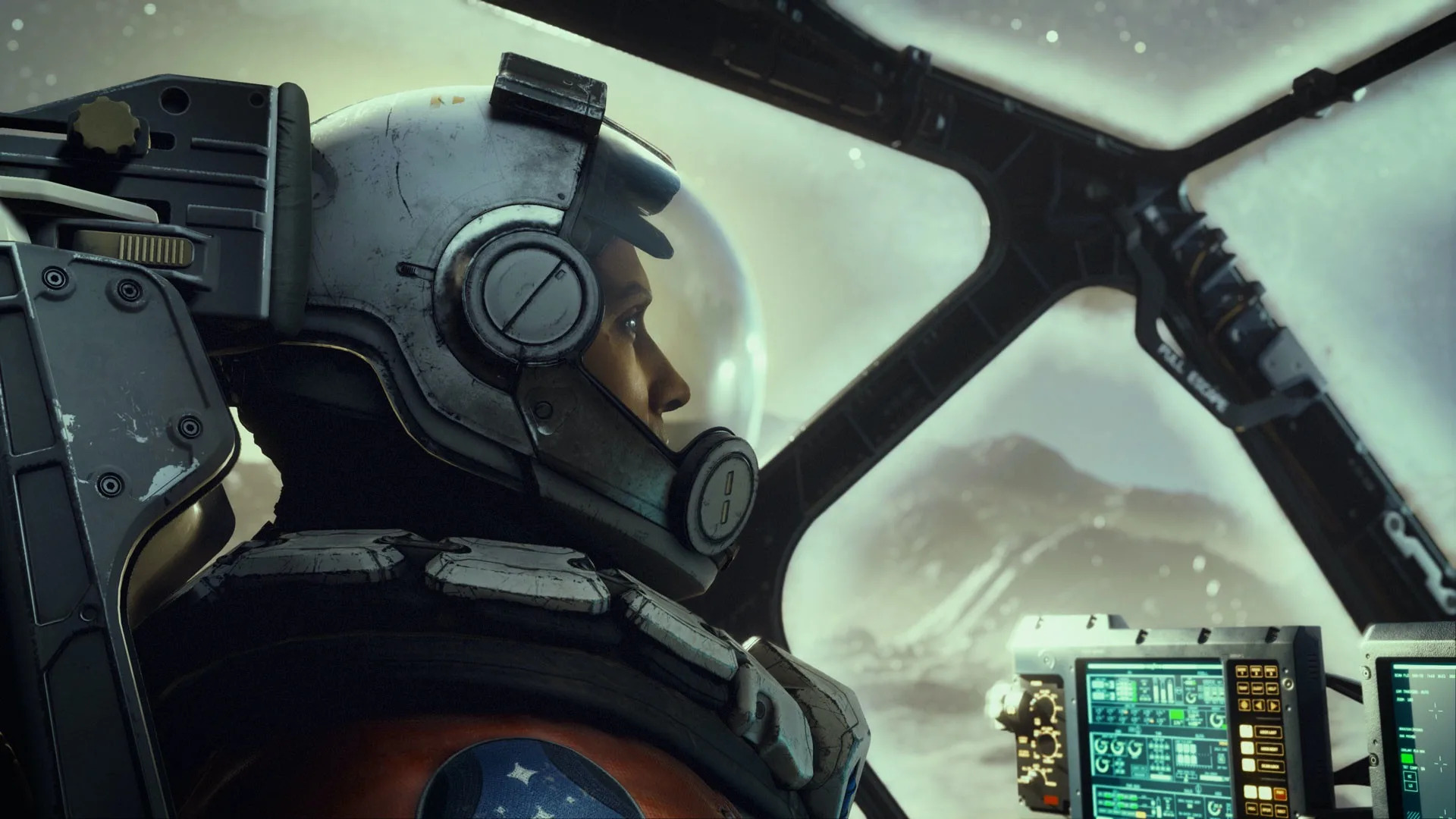
Much of the same principles that will populate Starfield’s outer rim with Lego dungeons and common loot also filled Oblivion’s forests with photorealistic trees, and padded out the ‘misc’ section of Skyrim’s quest journal. You see it in action every time [NPC A] sends you to [ABANDONED MINE B] to retrieve [PRICELESS HEIRLOOM C]. Here, it’s all in this note; and yes, it’s perfectly normal that I’m giving you written instructions instead of just telling you with my face and voice. Seasoned fans are often the only ones cursed with an awareness of this. The vast majority of players simply like having shit to get on with.
But Starfield, like Skyrim, will not rely wholly, or even mostly, on procedural generation to weave its magic. It will undoubtedly be stuffed with hand-placed, human-designed wonders to behold; secrets to learn, plots to uncover, persons to help or despatch. Decisions to make, that affect outcomes this way or that, and give us a reason to keep revisiting its worlds long after the discourse about its pre-release marketing has been forgotten.
Despite a lifelong love of space nonsense, the likes of Elite Dangerous and No Man’s Sky leave me somewhat cold. It’s not that I don’t respect them – as pieces of software engineering if nothing else – but somehow, I never clicked with NMS, despite it tapping into so many things that I loved. Piloting a ship through the outer reaches of space. Exploring strange new worlds. An aesthetic lifted directly from the well-thumbed short story collections I used to pilfer from my dad’s bookshelf.
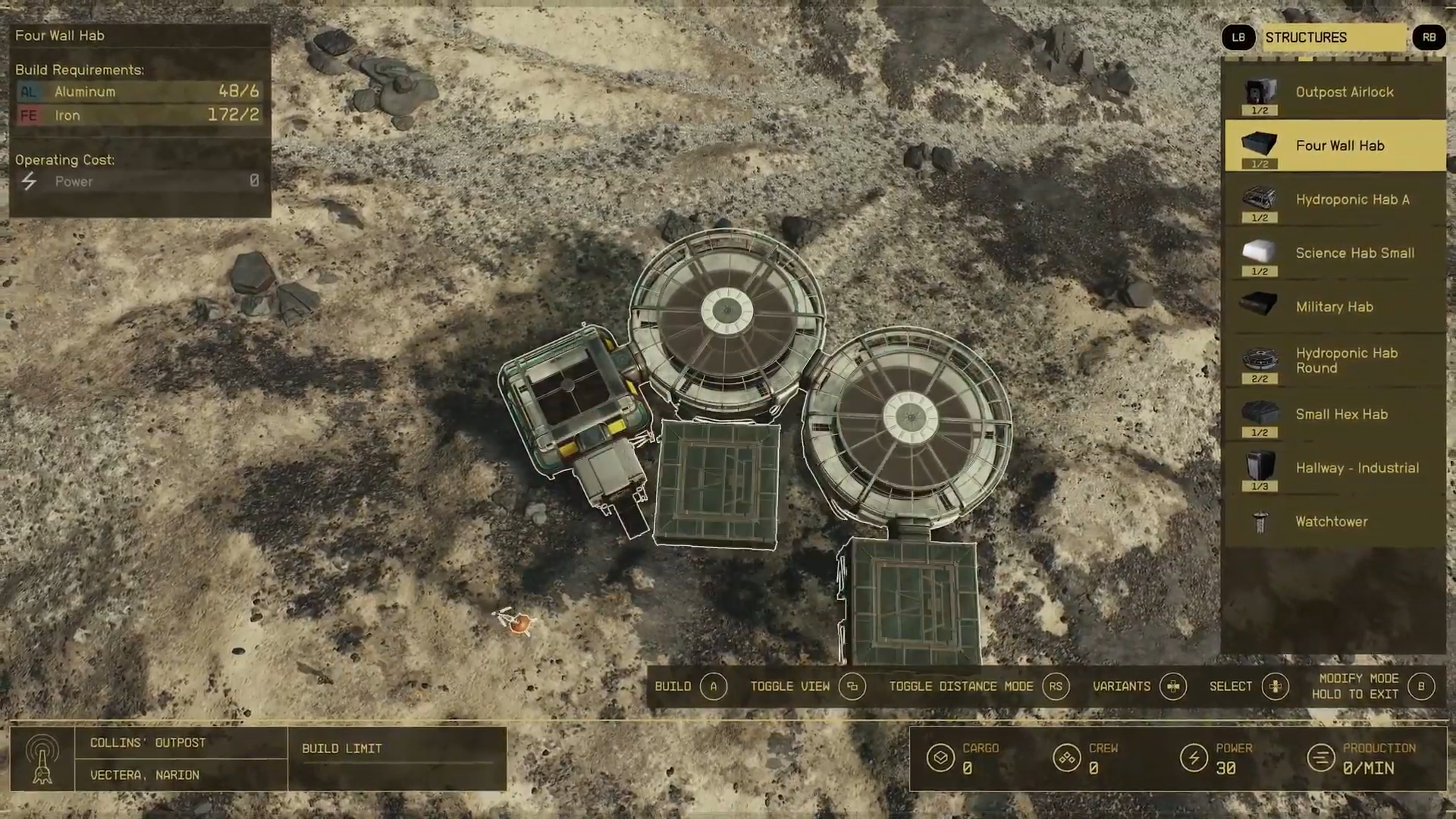
Eventually I realised that the most compelling thing to explore isn’t space, it’s humanity – and the vessel we use to navigate it is story. Narrative. Character. Imagining people doing the best they can in extraordinary circumstances, and wondering if we would measure up.
I love Star Trek, not The Sky at Night. My ultimate space game was never Elite or No Man’s Sky, it was Mass Effect. Hell, if I’m honest, it was Star Trek: A Final Unity (if you need to google that, don’t). If Starfield can successfully marry these two distinct visions of what a Space Game is, it may just be the best one yet.

Jim Trinca is a Welsh-Italian Scottish person from Bristol. During his decade-long career in games he has been a prolific podcaster and YouTuber, has produced countless game trailers and dev diaries for the likes of Capcom and Irregular Corp, and won three Games Media Awards for shouting at Chris Bratt while wearing a vest. In his spare time he tends to a cat.